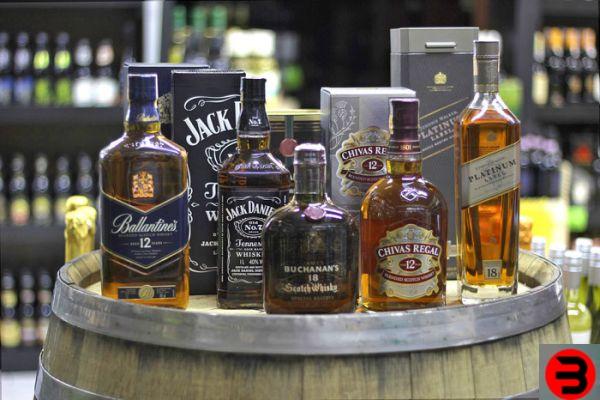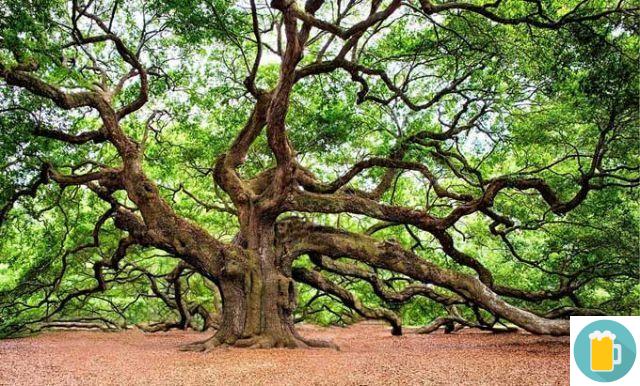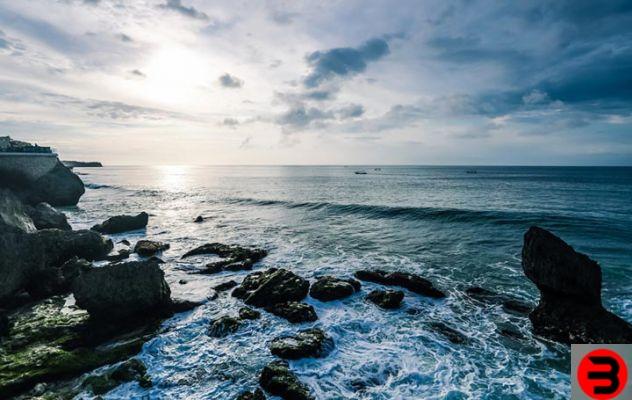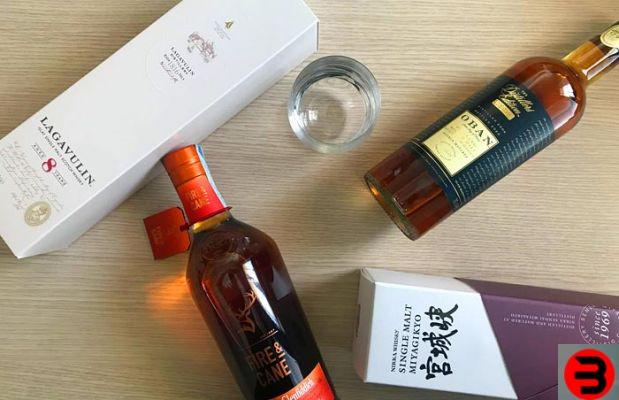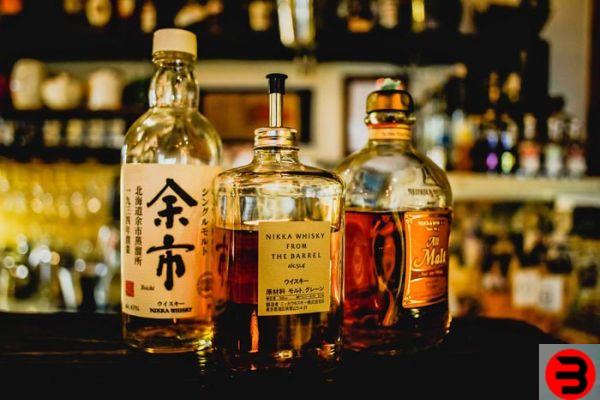
Japanese whiskey: here's everything you need to know
The origins of Japanese whiskey
It all started in 1923, when Masataka Taketsuru opened the Yamazaki distillery. Taketsuru had grown up in the family brewery, which turned into a passion for distillation and the art of making whiskey.
He turned this passion into action by taking chemistry in Japan, before going to the University of Glasgow to further his studies. Here he was an apprentice in several distilleries and the passion for whiskey grew.
In 1919 Taketsuru found himself at Longmorn Distillery and here he learned a lot about how to distil the perfect malt.
Returning to Japan in 1920, he took many lessons with him, as well as a wife, Rita, whose family he had stayed with Taketsuru turned his learning into success when he started Nikka Whiskey and opened the first Japanese distillery in Yamazaki.
He is also said to have recreated the stills in Longmorn at his distillery, stills that continue to be used today.
The Japanese whiskey market today
There are nine distilleries in Japan right now. They sell all over the world and certainly represent Scotch whiskey's greatest challenger and its notoriety for being the best whiskey.
However, this has not always been the case. It is only in the past two decades that Japanese whiskey has also been appreciated outside of Japan. And much of that fame depends on how much he manages to win awards.
In 2003 Suntory's Yamazaki 12 Year Old was awarded the gold medal at the International Spirits Challenge in the UK, it was the first Japanese whiskey to receive such recognition, transforming the perception of Japanese whiskey around the world that is now is recognized for its quality.
From there it took off and its popularity has increased to such an extent that there is now a shortage around the world.
About 20 years ago, Japanese whiskey wasn't all that popular, and so the distilleries didn't plan that it would fly off the shelves in the future.
This led Nikka to interrupt expressions with age statements, such as 17-year-old Hibiki and 12-year-old Hakushu.
This means that there are too many demands for the availability of aged whiskey, but what makes Japanese malt so different and fascinating compared to other whiskeys?
Harmony of flavor
The concepts of harmony and balance are essential to the Japanese whiskey experience. They are important themes in the creation of Japanese malt and reflect Japanese culture.
There is a desire to capture a balance between liquid and flavor, structure and maturation are important parts of Japanese whiskey, so it is more common for Japanese brands to use Coffey stills, rather than pot stills. This creates a sweeter malt and develops more flavors from the grain.
Coffey stills are more efficient than pot stills as the malt feed is constant rather than batch. The malt is also purer and has a softer taste, as the alcohol content is around 90%, resulting in the harmony and balance that many Japanese brands try to create.
An excellent example of how the Japanese use their Coffey stills well is the Coffey Malt di Nikka. This whiskey is incredibly smooth and full of flavor, especially vanilla and malted grains.
It has a smooth taste with a greasy texture that goes very well with bold, sweet flavors. The mouthfeel complements the taste perfectly, working to really bring out the softer flavors.
Balanced flavors
Another very important aspect of Japanese whiskeys are balanced flavors.
This feature is best represented in the expression Hibiki Japanese Harmony. This blend is at the heart of Suntory's Hibiki range, which is a selection of blended malts.
With blends, the idea of harmony is even more important to capture, as the malts used must work in tandem to create a blend that works.
The expression Hibiki Japanese Harmony is the idea of harmony in liquid form.Made from malts that have been aged in a range of barrels including American oak, Mizunara (Japanese oak) and Sherry, this dram is the union of different flavors and textures.
It's done exceptionally well, with all the different notes complementing each other rather than fighting for attention.
THEHakushu 12 Year Old it is also a wonderful example of Japanese malt and the pursuit of harmony of flavors. It has won numerous awards and brings together some of the best flavor profiles in Japanese distillation.
It is earthy and elegant, with lots of sweet caramel notes, combined with rich grassy flavors. There are also fruit orchards and oak notes, with a wonderful smoky flavor in the background.
Flavors bounce off each other without conflicting. They work together to truly bring an all-round feel to the malt.
The evolution
The Japanese whiskey industry may have started with a lot of influence from Scottish producers, but a lot has changed since then. Today they have very different manufacturing processes from Scottish manufacturers.
Typically in Japanese distilleries, they only produce clear wort. This contains less lipids than those found in cloudy wort. Lipids produce a nutty flavor, Japanese whiskey often does not have this type of flavor profile.
And while European and American oak barrels are the most common used in the producing countries of Scotch whiskey, Japanese distilleries mainly use Japanese oak barrels.
Japanese oak is more porous and softer than other types of oak and therefore is not used as much, as it is subject to higher percentages of Angel's Share.
The flavor profile of the Japanese is softer, with more fragrant and aromatic notes. It is also not uncommon for distilleries to have their own yeast strain. Suntory has a custom yeast called suntoryeus lactobacillus.
Yeast is one of the key ingredients in whiskey making and has an effect on flavor. Much emphasis is placed on the type of yeast used in Japan.
Often Japanese distillers also use more than one type of yeast, which is not at all common in places like Scotland. This aims to achieve the best possible fermentation, allowing the full flavor of the grain to be released.
Japanese blended whiskey
Distilleries in Japan typically carry out the blending process in-house, rather than blending malts from other distilleries, meaning blending ranges have more diversity and variation than many distilleries in Scotland or Ireland.
This puts control back in the hands of the master distillers and allows for greater experimentation by mixing types of distillation, fermentation and maturation.
If you're wondering what harmony tastes like in a glass, then it's time to try a good Japanese whiskey!




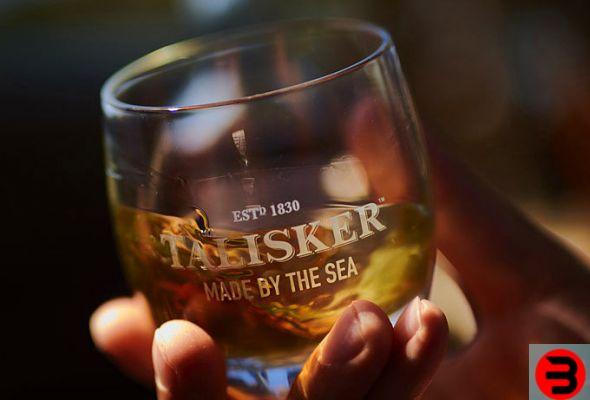
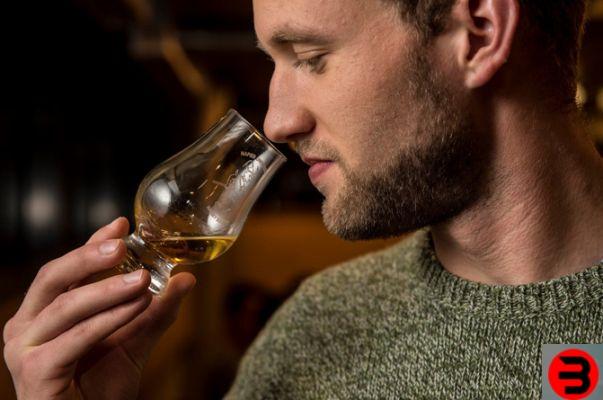

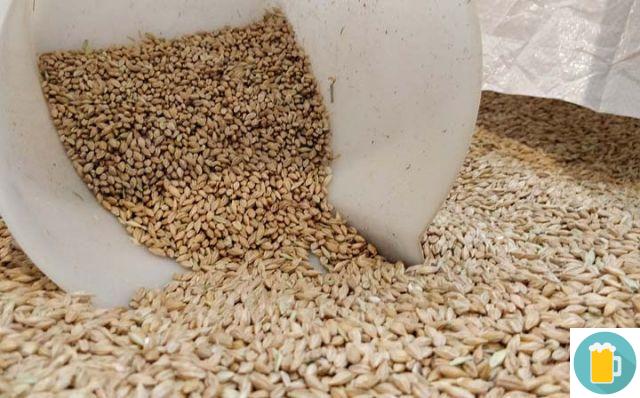
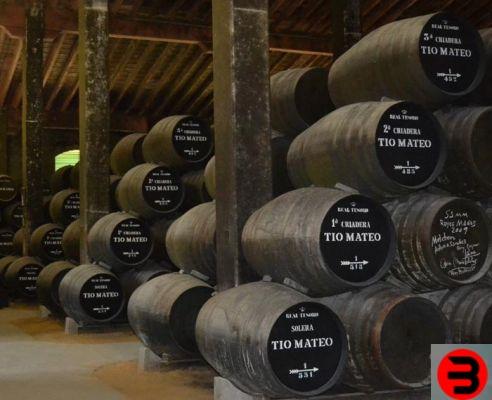


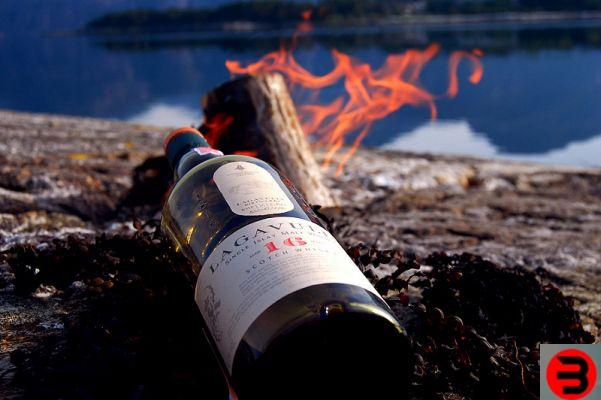


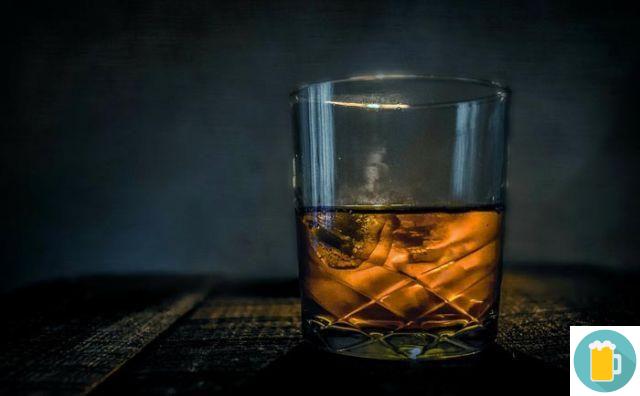
![Best Whiskey: the 7 TOP in the world [GUIDE 2021]](/images/posts/203dea461b3d4004c339a63a3f69a0dd-0.jpg)



